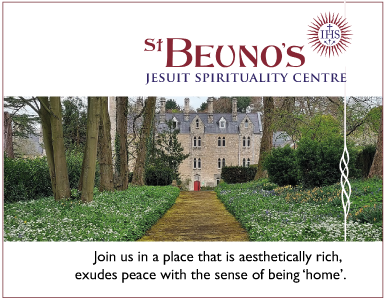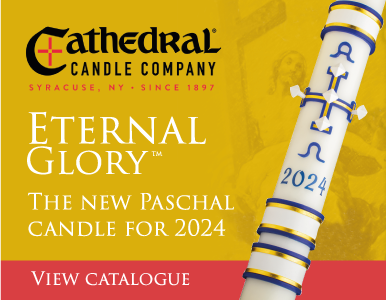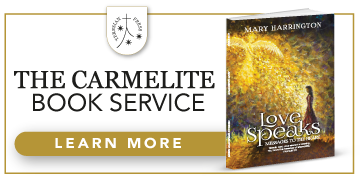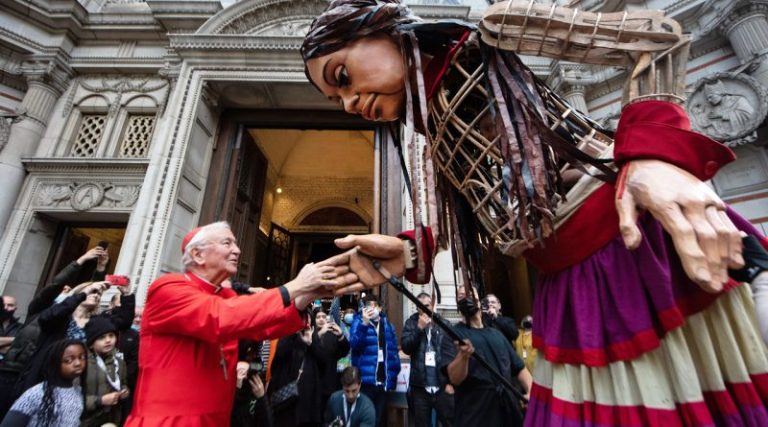Sorry, no records were found. Please adjust your search criteria and try again.
Sorry, unable to load the Maps API.
2022 has been a particularly difficult year for us all, and the Catholic Church across England & Wales has also faced many challenges.
Whilst the Covid pandemic closed and paralysed our church buildings for a long period last year, parish life continued and we taught ourselves new mechanisms for communication and evangelisation.
The internet and digital communications brought fresh opportunities and exciting new informal communities of online Catholics have emerged.
Across this year global upheavals have also impacted on everyone’s personal finances – and Catholic charities, social organisations and the Church itself have not been immune from cashflow issues. As people returned to Mass old habits like loose plate donations and giving to special collections are now being considered within a much broader but more personal response to different global and human concerns.
For dioceses too, the pandemic, Putin’s war in Ukraine and the subsequent economic turmoil has presented both challenges and opportunities to reconfigure priorities, and streamline internal structures.
In editing once again the Official Catholic Directory of England & Wales, I had been expecting a year of modest changes, given that activity across our parishes is only just recovering. In fact the 2023 edition probably contains more changes than any edition I’ve edited over the past decade or so.
Across most dioceses there has been the usual handful of retirements, deaths and relocations. There has also been a small number of ordinations and new deacons, and I’m told that new candidates for the priesthood are starting to come forward. Please God, what was assumed to be a terminal decline in clergy may be proving otherwise, albeit as much through creative ministry methods as an immediate reverse in statistics.
Many dioceses have reorganised and renamed their curial and administrative departments and roles, much of which seems to be reflecting similar fresh approaches to contemporary ministry that have worked their way through the Vatican offices recently. Changing times do require changing responses, and there’s certainly been an encouraging shift of emphasis towards areas of social justice and socio-economic responsibilities.
Some of the biggest changes have been within parishes themselves. There’s an obvious recognition that whilst the internet is no substitute for a living parish, it’s here to stay as a means of communication for certain things. That’s mean a lot of change and rationalisation in the digital arena, and a great deal of my time this year was spent replacing a miscellany of personal parish email suffixes with more generic diocesan ones. No doubt this will help greatly in streamlining and improving communications between dioceses and their clergy.
There has been a general reduction in the number of Masses, though it has to be noted that most of these have been Saturday vigil, second or third weekend times, and weekday Masses, so the fundamental availability of Mass in a parish hasn’t been too diminished. Across the 22 dioceses of England & Wales there were quite a few re-organisations and renaming of parishes, especially where they are now under a parent or cluster parish, but I was hugely encouraged by only having to fully delete a dozen or so actual churches across the whole of England & Wales. For all the talk and fears of a major downsizing and the impact of Covid, the Catholic estate has remained impressively stable across 2022. Each of the 22 dioceses occupied almost exactly the same number of pages as their 2022 entry, which illustrates that in essence all areas of active and mission have been sustained.
Much as expected we’re seeing a continued increase in our newer Catholic communities – the Ordinariate section of the Directory has increased and the Catholic Syro-Malabar Eparchy of Great Britain triggered a complete late indexing of the directory after their relatively small section jumped up by a full two pages from last year, due to the large number of new parish missions being set up around the UK.
The main upheavals were in the miscellaneous sections, with Welfare and Caring undergoing the most significant changes, which were clearly due to changing priorities within the areas of healthcare, marriage, migration, chaplaincy and general social care.
I was also encouraged so see, and to hear during telephone conversations, that centres for retreats and formation have not only survived the pandemic, but seem to have been able to fill their places quite readily. Most surprisingly, lengthy retreats, some up to 30 days’ duration, have not been undersubscribed, perhaps indicating wider changes in social and employment patterns. Many visitors, it seems, have booked as a consequence of post-pandemic mental health and wellbeing issues, and it seems to me that we would do well to develop this ministry, as there is a significant social need for recuperation and spiritual regeneration right now.
There has been movement too in the Religious Orders section, though this is hard to quantify. There were only three religious orders who asked for their name to be removed completely, two due to absorption and renaming and the third, the Capitanio Sisters at Nile Lodge in Ealing, due relocation back to Europe. Some religious orders have reduced their overall presence across England & Wales, with individual diocesan locations closing, but what remains very evident is their commitment to service and continuity, albeit in a reconstructed manner.
I can’t leave the Religious Orders section without paying tribute to the many smaller communities that exist across the UK. When tracking them down to check their details I find numerous small, inconspicuous suburban properties with just three or four religious, faithfully serving often diverse and complex communities. Combine this with our extensive network of parish priests and Catholic lay communities, and there really isn’t a corner of the kingdom where God’s footprint isn’t found.
Finally, the Societies section has seen a movement away from some historically-grounded organisations. Everything is of it’s time, and some of the Catholic organisations and societies founded in the last century served a profound purpose in their day, but have struggled to maintain a relevance and mission in a deeply-changed world. This is no criticism of them, indeed it could be said quite fairly that their mission has been completed. Some new Catholic organisations have emerged over the past few years in response to the new social and spiritual challenges, and most respondents have said that a long, slow decline in membership has at least stabilised, with encouraging signs that younger Catholics are showing an interest in communal expressions of Catholicism.
Overall this year’s editing run has underscored the hope of many that the Catholic Church across England and Wales has remained remarkably stable and robust in what has been one of the most turbulent periods in centuries. Recent media reports have highlighted a general decline in Christian observance, such that for the first time since the medieval period, Christian belief has reportedly dropped below 50% of the population. Despite the survey methodology being deeply flawed, there were those who saw it as evidence of a landmark point in the long decline of religiosity.
Citing the 900 plus pages of this year’s Catholic Directory I would beg to differ. Whatever the overall inclinations of the general population, the Catholic Church of England & Wales remains influentially active, extraordinarily diverse and a very significant contributor to the common good and wellbeing of the country.
The 2023 Official Catholic Directory of England & Wales is available to pre-order now, price £62.95 incl. UK p&p. You can order now at:
https://www.thecatholicnetwork.co.uk/catholic-directory/
Joseph Kelly is Editor of the Catholic Directory of England & Wales, and founder of www.thecatholicnetwork.co.uk




































